Facing a mandatory shelter-in ordinance to limit the spread of COVID-19, PG enacted a hybrid approach to filming and producing Rig Rundowns. This is the second video in that format, and we stand behind the final product.
Since its inception with their self-titled debut in 2008, the band never succumbed to a singular sound. Pushing forward is their only direction. While Elder’s early work (including their second album, Dead Roots Stirring, released in 2011) was akin to a relentless “Iron” Mike Tyson with overpowering attack and devastating delivery, they still allowed for dynamic shifts and sonic sabbaticals during calmer passages heard in “III” and the end of “Hexe.”
And if Dead Roots Stirring was Tyson KO’ing people in 30 seconds, 2015’s Lore saw Elder becoming a cerebral, manipulative, rope-a-dope Muhammad Ali from the Rumble in the Jungle. They graduated beyond worshipping the intimidating, hypnotic riff and explored the outer realms of stoner metal by including psychedelia from Colour Haze, jazzy progressions from Motorpsycho, and moodier, atmospheric Bo Hansson-y layers with mellotron, keyboards, and cleaner guitar tones.
Melody, space, and as an inverse result, power continued to blossom in 2017’s Reflections of a Floating World. In any given song or moment of an album, those rooted pillars complementarily pull the band in various directions, but cohesively, it still moves them forward. To foster that perpetual growth, you need to put yourself in unusual scenarios.
2019’s The Gold & Silver Sessions did just that by removing lyrics and putting the quartet in an experimental scenario focused heavily on organic jamming. Possibly indirectly, the exercise unlocked avenues echoed and embellished (with precise polish) that are felt throughout the just-released Omens. Allowing other instruments to lead and flourish (keyboards in “Embers” and synths in “Halcyon”) help avoid the guitar fatigue when the shortest song is over nine minutes.
Each album and collection of music created by Elder advances their sound. Some fans argue they’ve departed from a genre they helped define. Others have enjoyed the expansion of their spacey storytelling. Both opinions are debatable. The fact of the matter is we should withhold cemented judgement and rather enjoy the unraveling metamorphosis until all their patterns of the kaleidoscopic have been visualized.
In this episode, Elder guitarist Michael Risberg (left) and founding guitarist/singer Nick DiSalvo (right) interview each other about their live setups. Each configuration centers around a custom instrument, blaring British heads, and scores of stomps that will eventually support the band’s brand-new album, Omens. Later on in the video, bassist Jack Donovan runs us through his meat-and-potatoes, bass-battle station.
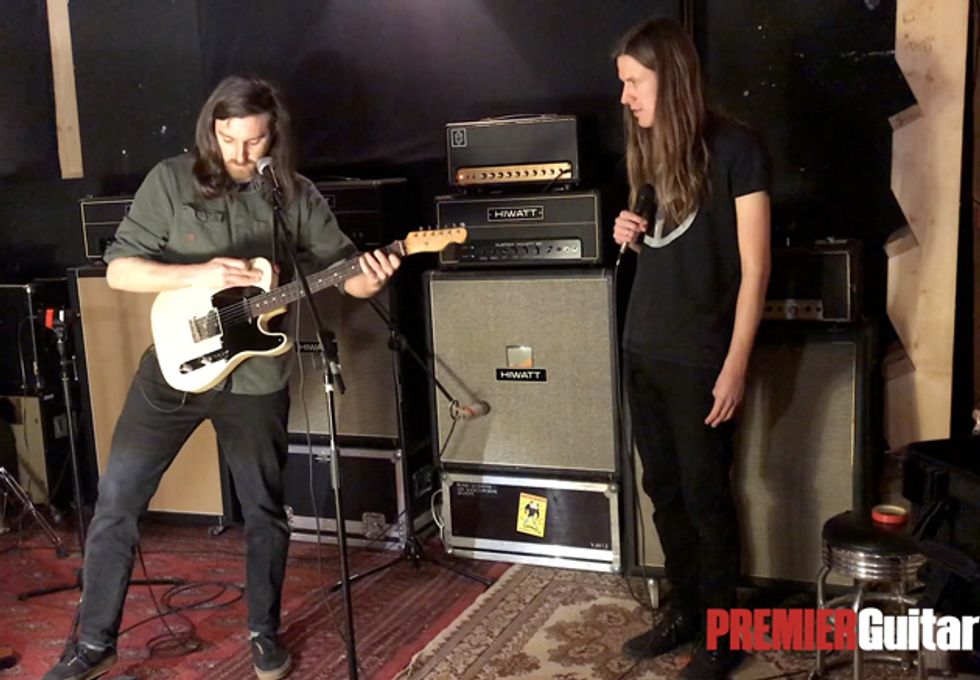
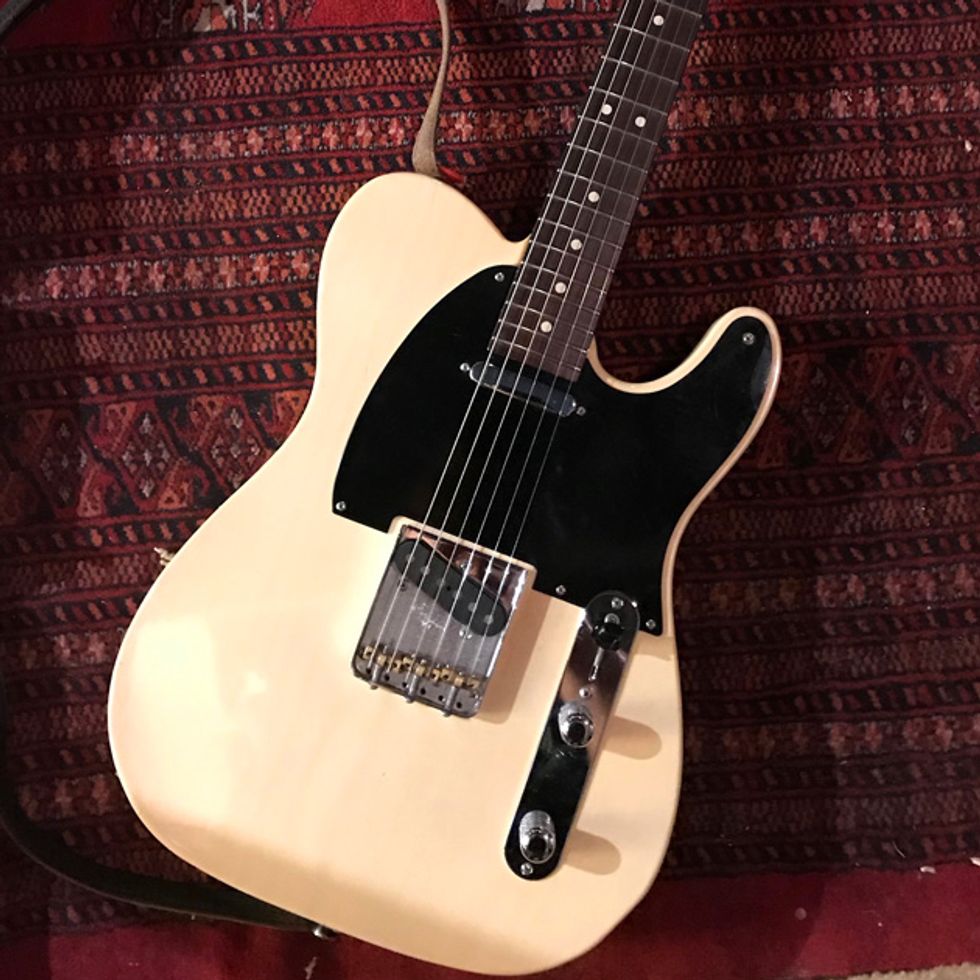
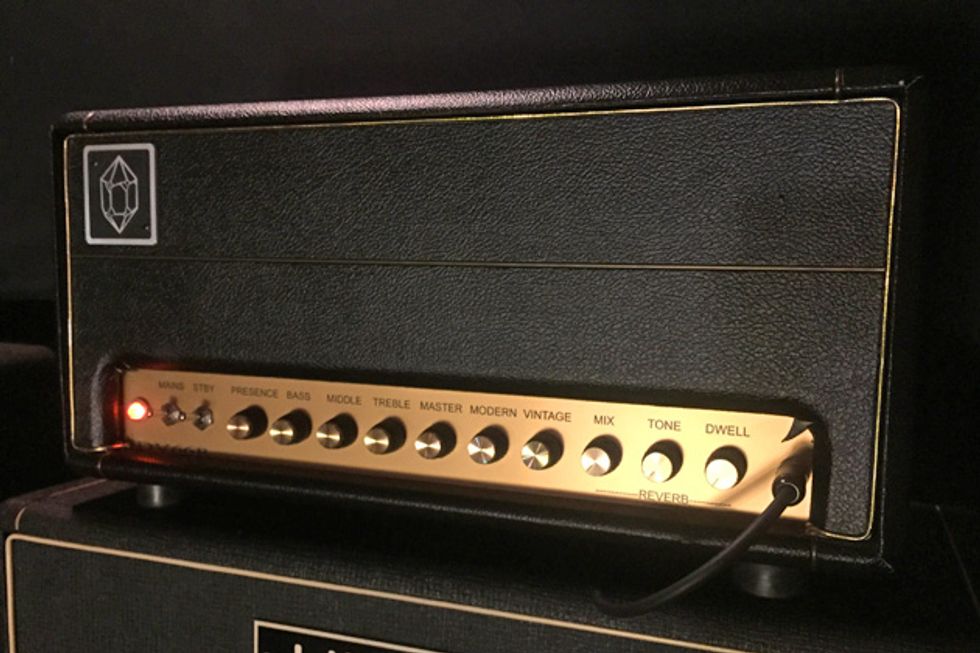
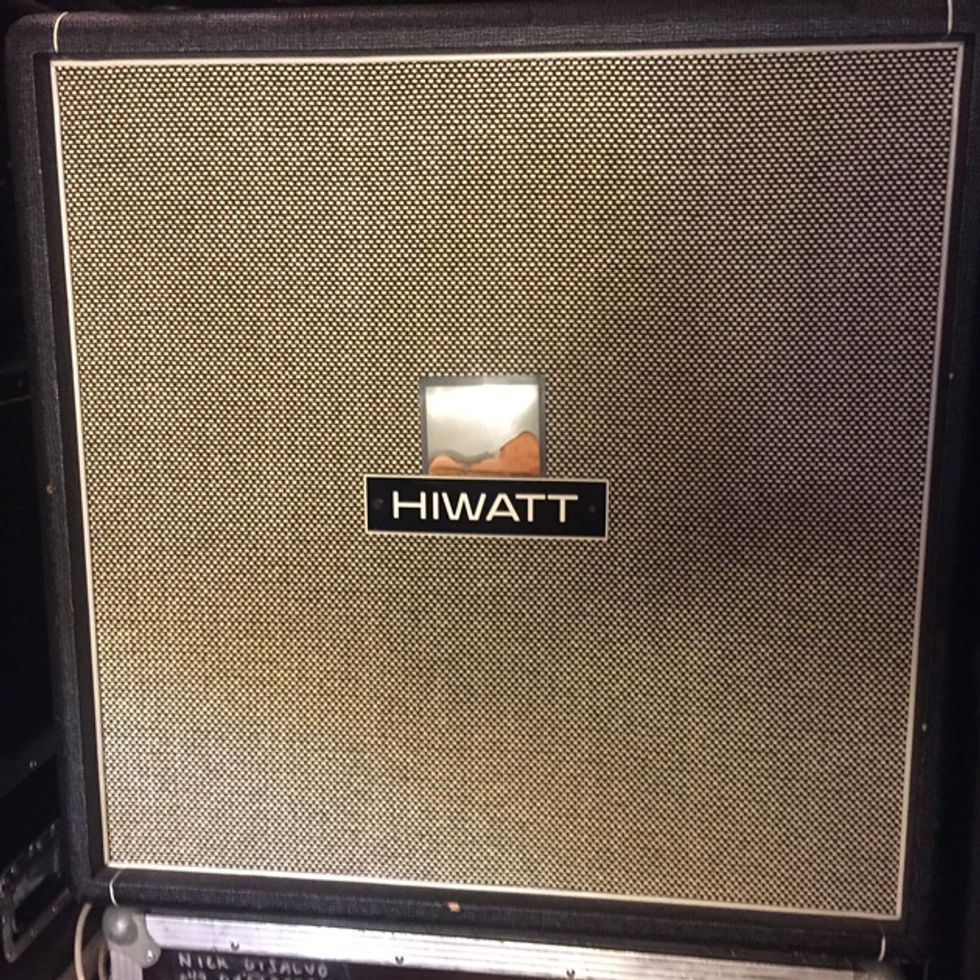
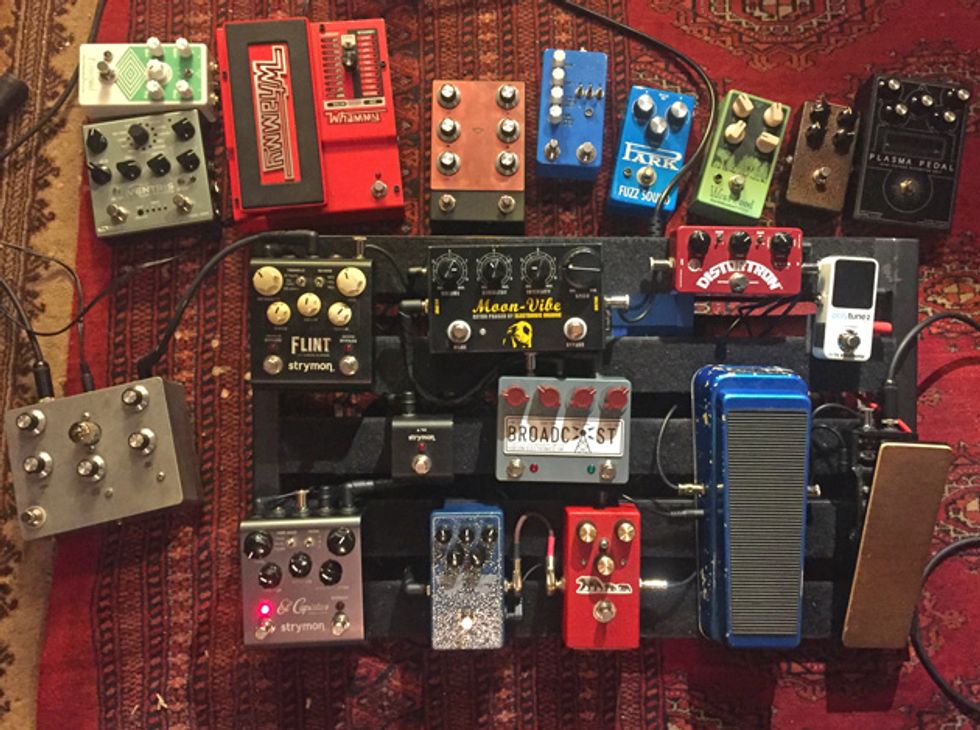
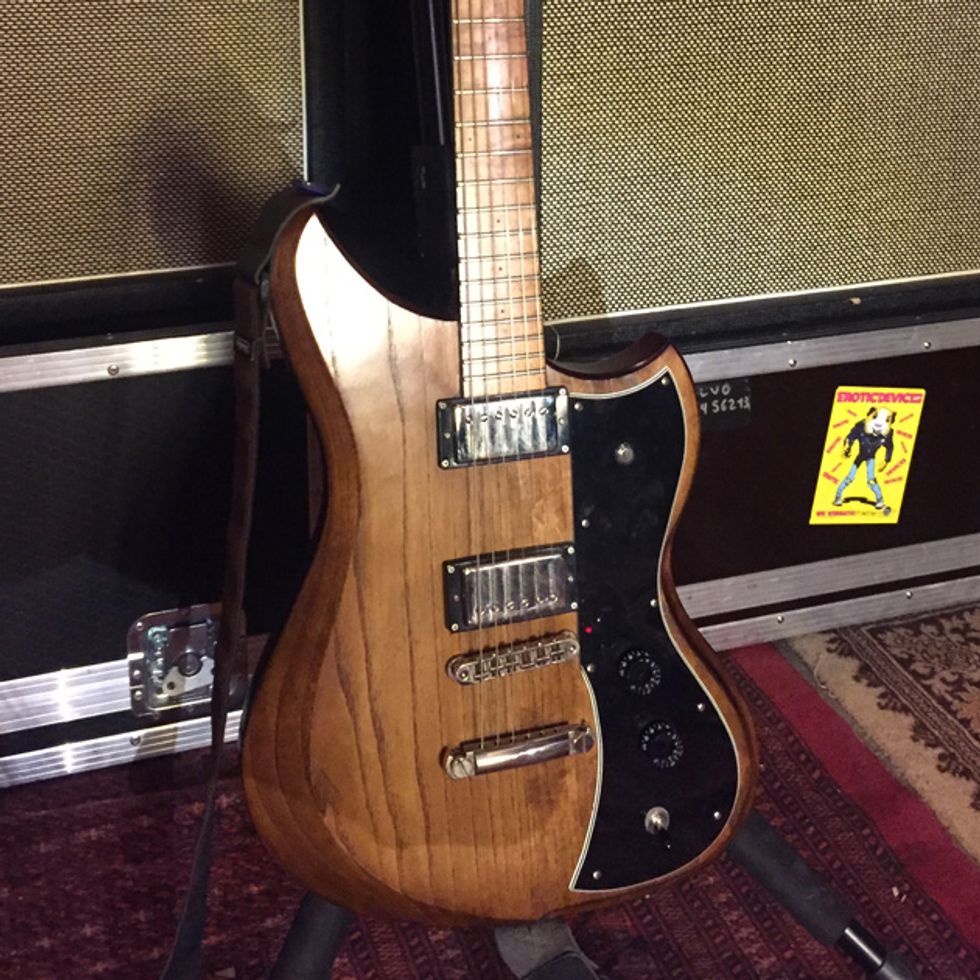
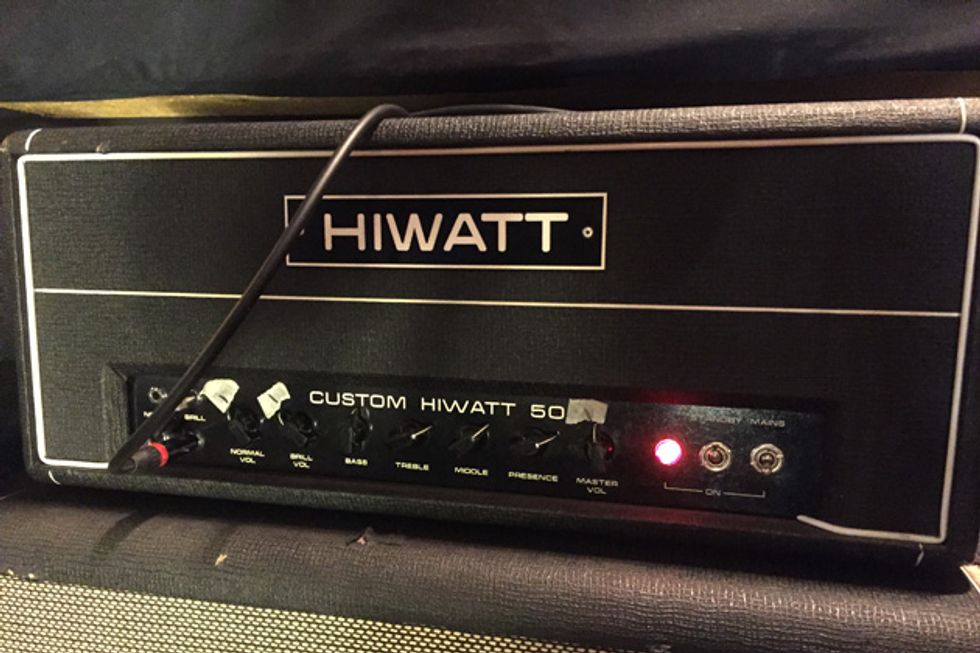
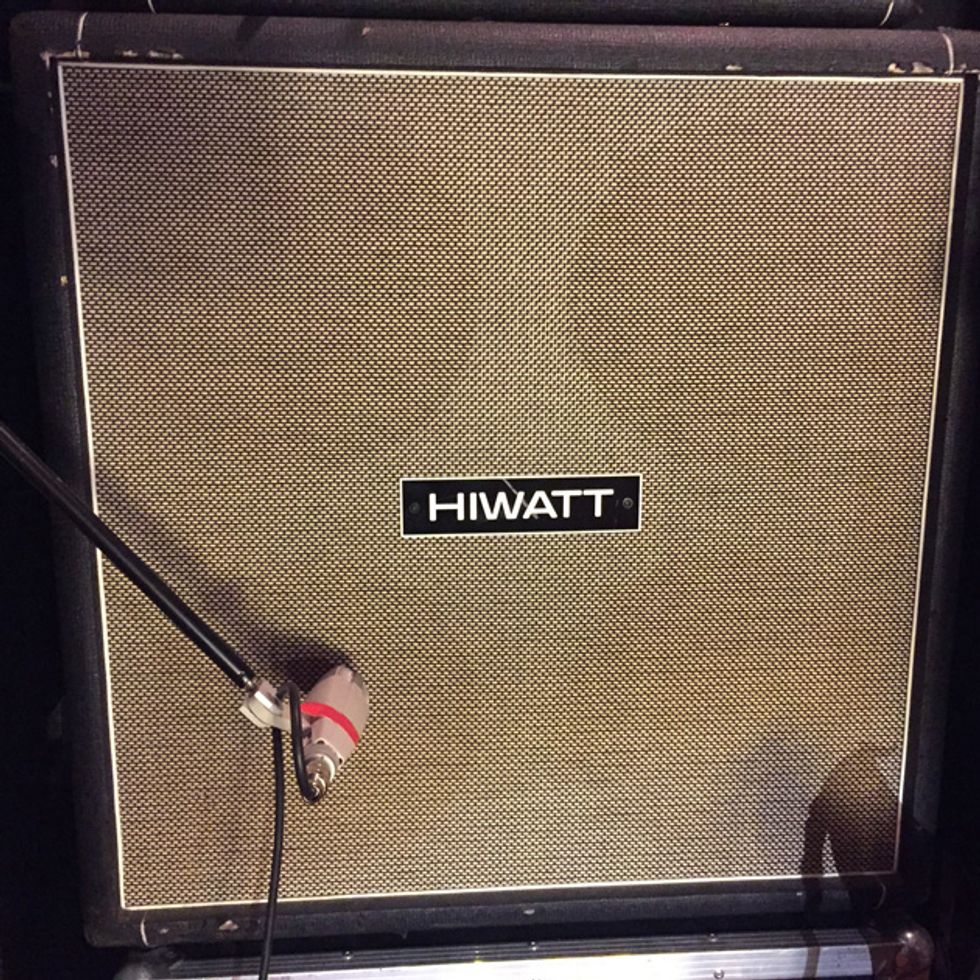
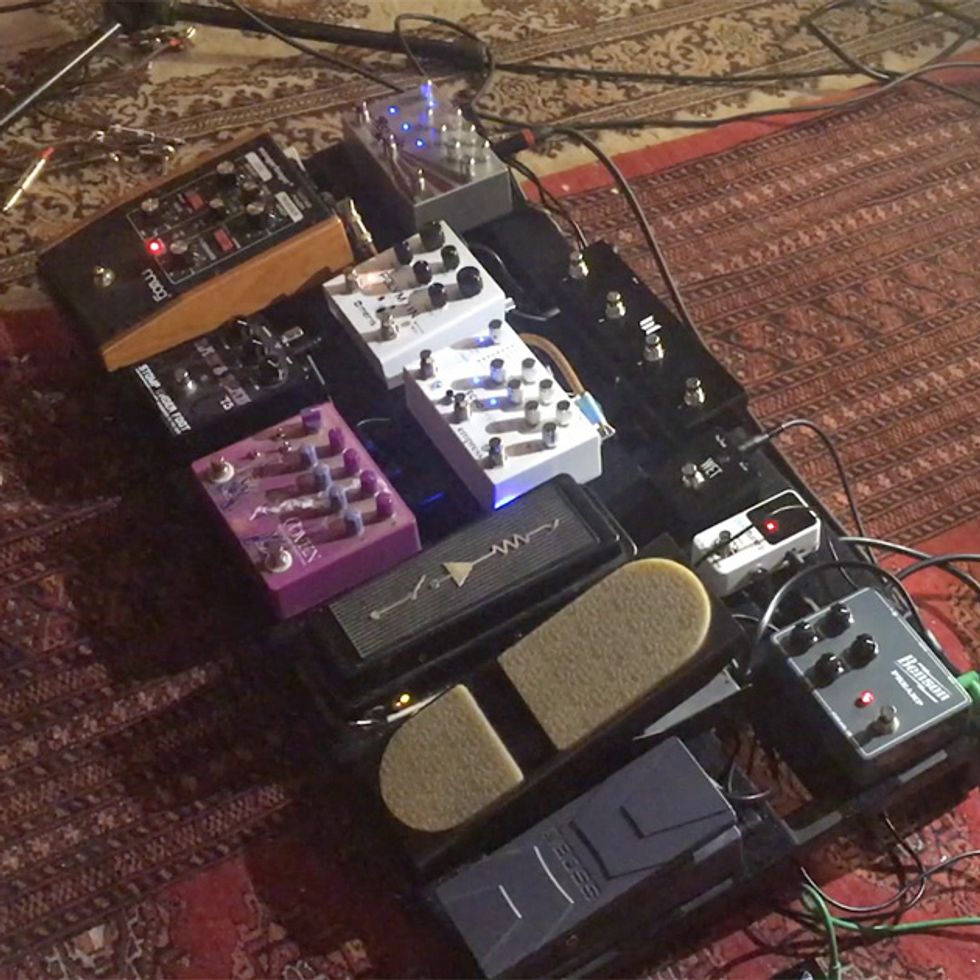
Click below to listen wherever you get your podcasts:
 |  |
 |  |






![Rig Rundown: Russian Circles’ Mike Sullivan [2025]](https://www.premierguitar.com/media-library/youtube.jpg?id=62303631&width=1245&height=700&quality=70&coordinates=0%2C0%2C0%2C0)


























